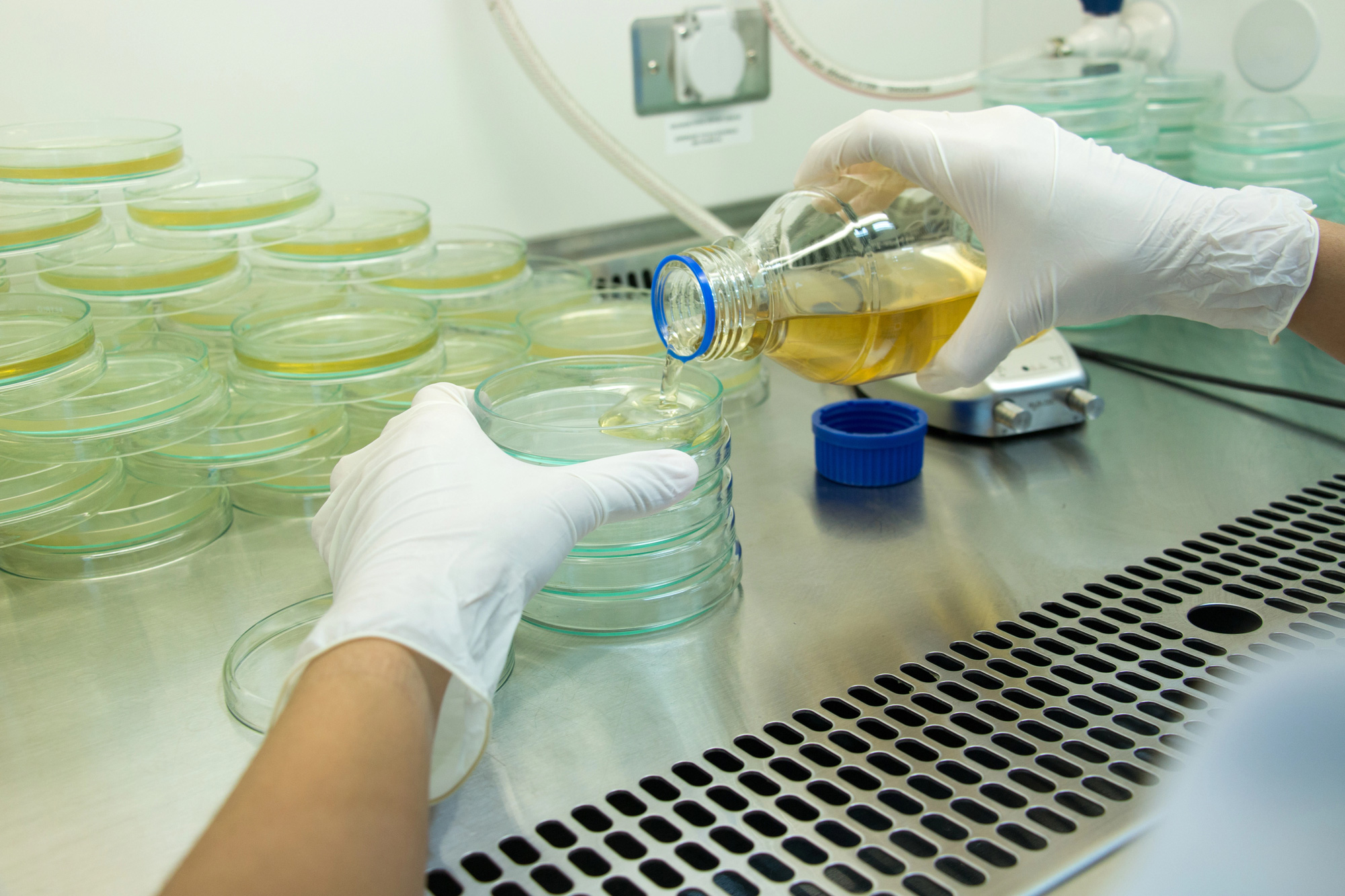Fume Hood Vs. Biosafety Cabinet: Key Differences Explained
Fume Hood Vs. Biosafety Cabinet: Key Differences Explained
When you walk into a laboratory, you might spot various types of equipment designed to keep the place safe and functional. Two common items you might see are fume hood vs. biosafety cabinet. While they sound similar, their purpose and design differ quite a bit.
Understanding these differences is important for anyone setting up a lab or working in one, especially if safety is a priority. In this article, we’ll break down what each of these devices does, how they protect users, and where you should use them.

What is a Fume Hood?
A fume hood is one of the most commonly used pieces of equipment in laboratories. It’s designed to remove harmful chemicals, gases, or vapors from the air.
When experiments or procedures generate dangerous fumes or dust, a fume hood works by drawing these pollutants into the hood and either filtering or exhausting them to the outside. This keeps harmful substances away from the laboratory workers, preventing exposure.
Consider a fume hood as a compact system designed to capture harmful substances, directing them into the hood where they can be either filtered or safely vented. This is especially beneficial in laboratories where chemical reactions or other processes may produce fumes that need to be avoided by workers.
Fume hoods come with adjustable sashes to control the flow of air and are built from sturdy materials like steel or chemical-resistant polypropylene. They are often used in labs that deal with hazardous chemicals but don’t necessarily deal with biological contaminants. These hoods usually do not have HEPA filters, which is a major difference from biosafety cabinets.
What is a Biosafety Cabinet?
A biosafety cabinet (BSC), on the other hand, is used when dealing with biological hazards. These include dangerous microorganisms like bacteria, viruses, and other pathogens. Unlike fume hoods, which primarily deal with chemicals, biosafety cabinets are specifically designed to protect both laboratory workers and the environment from harmful biological materials.
Biosafety cabinets create a sterile environment to safely handle biological materials. They are equipped with HEPA filters that capture and contain airborne contaminants. This guarantees that harmful agents do not escape into the air or onto surfaces within the lab.
Biosafety cabinets are available in different classes, each offering different levels of protection. Class I cabinets offer protection for the worker and environment but don’t protect the materials being worked on. Class II cabinets, which are more common, offer protection for the worker, the environment, and the materials. Class III cabinets offer the highest level of protection, often used in labs dealing with the most dangerous biological agents.
How Do They Work?
Biosafety cabinets and fume hoods both work on the principle of controlling airflow to keep contaminants contained, but they do so in different ways.
Fume hoods operate by drawing air into the hood through a sash opening. This air flows into the exhaust system, which filters out harmful particles and releases them into the outside environment. The airflow inside the hood creates a barrier between the user and the hazardous fumes. This makes sure that the contaminants do not reach the lab worker.
In a biosafety cabinet, the system draws in room air and passes it through a HEPA filter before it flows over the work surface. This keeps the materials being worked on in a sterile environment while also preventing harmful particles from escaping into the lab.
In higher-class biosafety cabinets, the air is continuously filtered to maintain the clean environment needed for handling dangerous biological agents.
Fume Hood Vs. Biosafety Cabinet: Key Differences
Now that you have a better idea of what each device does, let’s take a closer look at the key differences between biosafety cabinets and fume hoods.
-
- Purpose: Fume hoods are designed to protect workers from harmful chemicals, gases, or dust. They are not meant to protect biological materials. Biosafety cabinets, on the other hand, are specifically built for handling hazardous biological materials. They offer protection for workers, the environment, and the materials being worked on.
-
- Protection Level: Fume hoods focus on keeping the lab worker safe from harmful fumes or particles. However, biosafety cabinets offer protection for both the user and the material being handled. They also guarantee that harmful biological agents don’t escape into the lab environment.
-
- Airflow System: Both devices use airflow to contain contaminants. However, the way they do this differs. Fume hoods pull air into the hood and exhaust it outside. Meanwhile, biosafety cabinets use HEPA filters to clean the air before it enters the work area.
-
- Design and Use: Fume hoods tend to be more open in design, with an adjustable sash to control airflow. Biosafety cabinets are closed units with a work surface. They are designed to protect biological materials by maintaining a sterile environment.
- Filtration: Fume hoods typically do not use HEPA filters as they are primarily concerned with venting out chemical fumes and gases. Biosafety cabinets, however, rely heavily on HEPA filtration to protect against harmful biological agents. Some higher-level biosafety cabinets use two HEPA filters for additional protection.
Where Should You Use Each?
The decision to use a fume hood or a biosafety cabinet depends entirely on the type of work you’re doing. If you are working with chemicals that produce hazardous fumes, a fume hood is the way to go. Fume hoods are great for chemistry labs, industrial settings, or any lab where experiments produce toxic vapors or gases.
On the other hand, if you are working with biological agents, such as bacteria, viruses, or other pathogens, a biosafety cabinet is a must. Biosafety cabinets are used in medical, pharmaceutical, and research labs where biological safety is a top priority.
Which One Should You Choose?
Choosing between a fume hood vs. biosafety cabinet depends on the kind of work you’ll be doing in the lab. It’s all about the type of protection you need. If you're working with chemicals, go with a fume hood. If you're dealing with biological materials, opt for a biosafety cabinet. However, no matter what, always choose the equipment that best fits your lab’s safety needs.

Why PSA Laboratory Furniture Is a Good Choice for Your Lab Equipment
PSA Laboratory Furniture offers top-notch equipment designed to meet the safety needs of various industries, including research, healthcare, and pharmaceuticals. With years of experience and a commitment to creating durable, high-quality lab furniture and fume hoods, PSA Laboratory Furniture guarantees that your workspace is both functional and safe.
We can guide you through the process and help you choose the right products based on your lab’s requirements. For a custom solution that suits your workflow and safety standards, we are your best choice.
Ready to set up a safe, efficient lab? Request a quote from PSA Laboratory Furniture today.